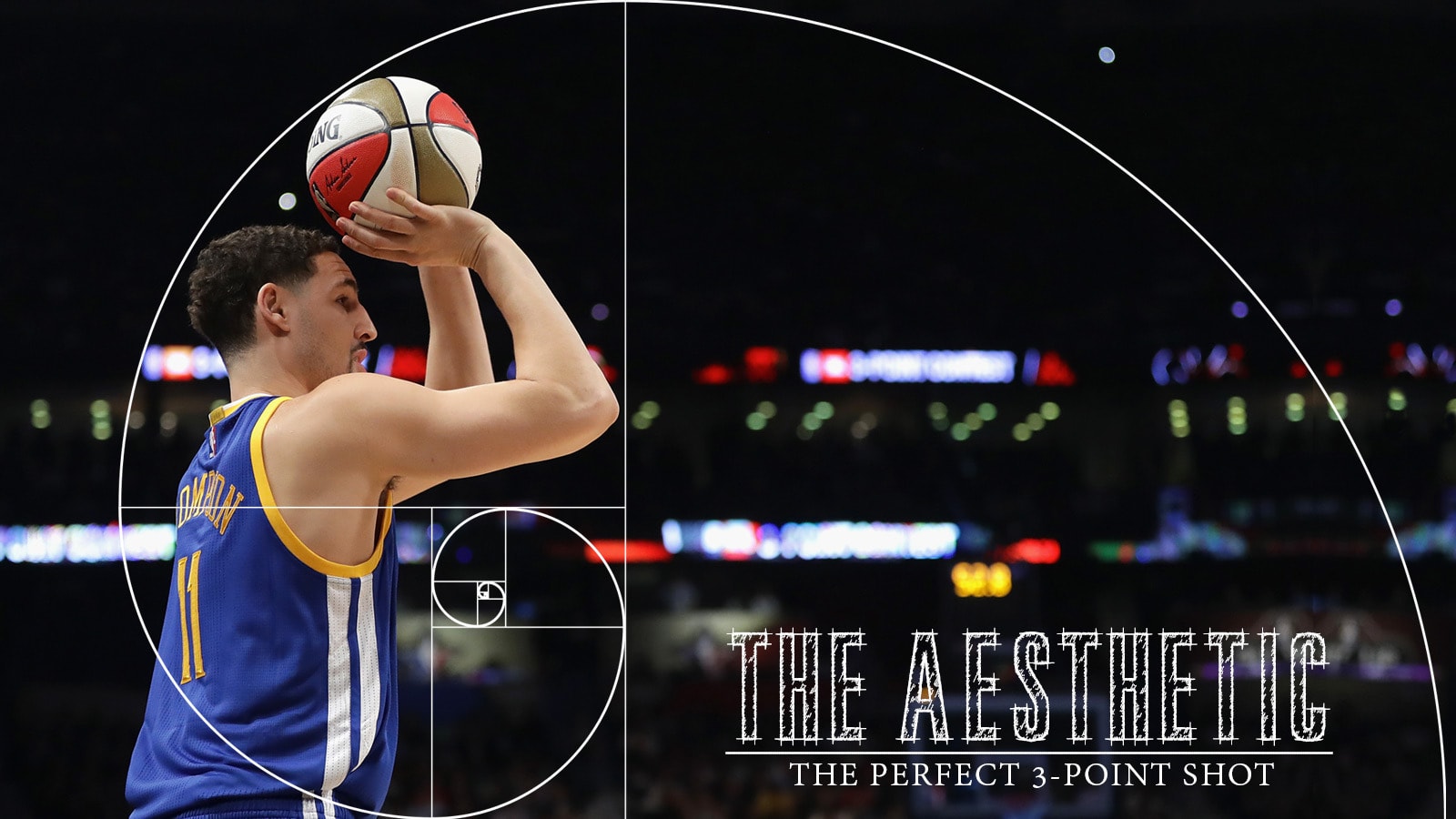
The Aesthetic: Pushing the boundaries of the three-pointer
When Anthony Morrow was drafted out of Georgia Tech by the Golden State Warriors in 2008, I didn’t think that he would become the greatest shooter in NBA history, but I didn’t believe that he wouldn’t become the greatest shooter either. Watching a montage of his jumper was like looking at a Frederic Bazille painting; every stroke was consistent and precise. Like Bazille, Morrow was an impressionist; there was an emphasis on accuracy — not only on the accuracy of the shot itself, but every motion in his body that allowed for such a gorgeous-looking shot.
We’re far enough into Morrow’s career to have an objective and collective understanding that he will not become the greatest shooter in the league’s history, but there is reason to believe that the Warriors did in fact draft the man who might be, and we still don’t know exactly who that is. Stephen Curry, the Warriors' two-time MVP, has set some shooting records that feel untouchable to just about anyone but Stephen Curry. Yet, it’s Klay Thompson whose jump shot is bordering Walter White levels of purity, and watching his form has all of the addictive qualities of Blue Sky.
Watching Thompson is watching every high school basketball coach in America. Thompson’s jumper looks like it was manufactured in Indiana; it has all of the qualities a shooting coach wants out of a pupil. He keeps the ball above his hip on the catch, his body is straight up and down, shoulders square with the basket, and he finishes every motion with the four-finger follow through. The fluidity in Thompson’s shot makes you want to believe in buckets like a religion: Those three points are ordained by the gooseneck that preceded them.
The religious experiences don’t end with Thompson, though. There are uncontrolled elements to Curry’s three-point attempts that create a periodic table of disbelief. Space, distance and time all simultaneously work together and against each other to give the circumstance of each shot its own identity all while Curry’s mechanics remain unwaveringly consistent. Whether it’s a wide-open attempt from the short corner or a contested, triple-teamed 30-footer off the dribble, the release comes from the same place at the same speed with the same rotation.
There’s this idea of exploration that comes with Curry’s ability to stretch the floor and move beyond boundaries that no other player has discovered consistently. It’s not the distance that inspires awe, but the boldness to challenge new ranges and the confidence to know that he’ll be successful. Today, Curry’s ability feels inhuman, but he could be just the tip of the conjectural iceberg in a league that is putting even more of a premium on the three-point shot.
It’s hard to imagine a better shooter, but there was a point when we felt that way about Ray Allen. What we’re learning with Curry is that once all of the mechanics are perfected, the potential for what’s possible is limitless. Just watch any of the greats: Curry, Thompson, Allen, Peja Stojakovic, Drazen Petrovic — the physical themes don’t change much between them. It’s a geometric problem that the best shooters find a way to solve. The body is a 180-degree angle, the elbow is at 90 and the wrist ends at 45. The launch angle is anywhere from 48 to 50 degrees, depending on height, allowing the ball to approach the rim in a parabolic trajectory, increasing the size of the rim.
For most players, the jump shot is the last thing to go as they age. Go back to Allen’s defining career moment. He was relegated to a role player on a title contender, but that stroke was still elite. The Miami Heat was six seconds away from losing the NBA Finals, LeBron James just missed a game-tying three-pointer, and after a Chris Bosh offensive rebound, Allen caught the ball in the right corner and extended the series. He caught the ball in his shooting pocket, and, without looking down, stepped behind the three-point line, elevated off the ground, released the ball with a perfect rotation and watched as the ball splashed through the net.
Allen had the kind of jumper you wanted to melt and pour over tortilla chips with ground beef and jalapenos. Few things are more beautiful than comfort food, and that’s what Allen’s jumper was, even at the end of his career.
The future of the jump shot is one that’s hard to forecast, but with what Curry is doing, it’s not hard to imagine a new generation coming into the NBA already knowing that his skill set is possible. Look no further than what Lonzo Ball is doing at UCLA for a glimpse of what we might expect in tomorrow’s NBA. There's elegance in the purity of the jump shot, but the allure of advanced aesthetics comes with the kind of disrespectful attempts Curry attempts with confidence. None of it is possible without a form built on foundational mechanics — but even that won’t determine whether a player will end up as one of the greats. Just ask Anthony Morrow.
More must-reads:
- Report: Kings owner thinks Hield has 'Steph Curry potential'
- The guard tandems you'd want in a 2-on-2 tournament
- The 'Most 3-pointers made in a season' quiz
Breaking News
Trending News
Customize Your Newsletter
 +
+
Get the latest news and rumors, customized to your favorite sports and teams. Emailed daily. Always free!








